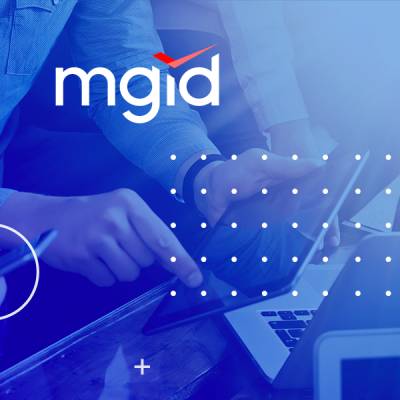Optimizing for Core Web Vitals: Google Update 2021
Digital publishers rely to a great extent on search traffic to attract new audiences and grow. According to MGID’s 2020 data across publishers in the US[1], on an average digital organic traffic accounts for 16% of all website visitors and the revenue earned by publishers. Organic visitors are more intent on finding relevant information, which drives their search, and stay on websites for a while which is why publishers always want this source of traffic to account for a higher percentage.
The latest update announced by Google puts the focus on page experience of a website and this will also affect the website’s ranking on Google. In November 2020, Google made an announcement that Core Web Vitals would start affecting search results. The update will be completely rolled out by August 2021.
What are Core Web Vitals?
As mentioned earlier, Core Web Vitals are the set of metrics developed by Google to capture important aspects of page experience users get on a website. At present, this includes three features – loading, interactivity, and visual stability. It is interesting to note that Google collects this data over a period of time from real users rather than one-off experiment estimates or lab estimates.
Loading or largest content paint (LCP) refers to the time taken for the largest component on a web page to load completely. Ideally a website should look at keeping the LCP below 2.5 seconds. Interactivity or first input display (FIP) measures how soon a user can interact with the website. This metric takes into consideration the time needed for the browser to start processing event handlers in response to user-initiated events such as clicks, taps or other custom controls. To have a positive impact on rankings websites should look at having a FIP of 100 milliseconds or less. Visual stability or cumulative layout shift tracks if the page layout of a web page changes of its volition or if website elements move around unexpectantly as the page loads. The goal for the CLS metric is to have a 0.1 cumulative layout shift. Also, this feature is measured in terms of percentages rather than pixels to take into account different screen sizes.
Click here to download the MGID’s Optimization Guide for Core Web Vitals.
How can publishers mitigate the impact?
For publishers, it is imperative that they test their website, analyze the scores, and make improvements so that their search rankings are not impacted. One of the simplest ways to test the website is by looking at the Page Experience Report that Google has added in the Search Console. After testing of the website, the next step is to take stock of the ads. Website elements such as heavy ad formats, lead magnet forms or newsletter sign-ups can impact Core Web Vitals. To counter this, publishers should consider working with their AdTech partners to optimize the ads and widgets as per the new developments.
On the website front, publishers can make some optimization and changes to improve their Core Web Vitals score. To improve LCP, publishers should resize large images and files to the right pixel dimensions before uploading them to the CMS platform or consider serving images in Webp format. AdTech platforms such as MGID have implemented progressive compression algorithms like Brotli, which is also being used by Google Display Ads, and implemented the lazy load feature.
CLS is one of the trickiest elements to maintain which means a good score in this would have a huge impact on the ranking of a website. Consistent testing in a lab environment can help the publishers gain insight on which layouts work and have the best CLS score and then take them live for users. Some other steps can also be taken such as disabling auto-play videos and heavy image in mobile website and taking steps to check the hosting performance and slow server response time.
MGID has always been very proactive in preparing for such changes that can have a long-term impact. In cognizance of the Google algorithm update, MGID has already launched a number of improvements in its widgets such as progressive compression algorithms to ensure better performance for FID and LCP, Lazy Load feature and Progressive Image formats among others for their partnered publishers. In times of such volatility MGID has continued to maintain its trust among publishers and in fact has signed some new major publishers onboard that include BSE India, BusinessWorld, IBTimes, Saamna, and MumbaiLive among others.
Final Thoughts
User experience has always been considered important for websites because it affects the time spent by the user and whether they return to the website or not. By introducing Core Web Vitals, Google has made page experience quantifiable for publishers. For MGID the priority has always been to ensure that users have a good experience when interacting with their ads. That is why the team constantly monitors latest suggestions and technologies that are on the rise and implements the best possible solutions.
[1] https://www.mgid.com/blog/optimizing-for-core-web-vitals









Share
Facebook
YouTube
Tweet
Twitter
LinkedIn